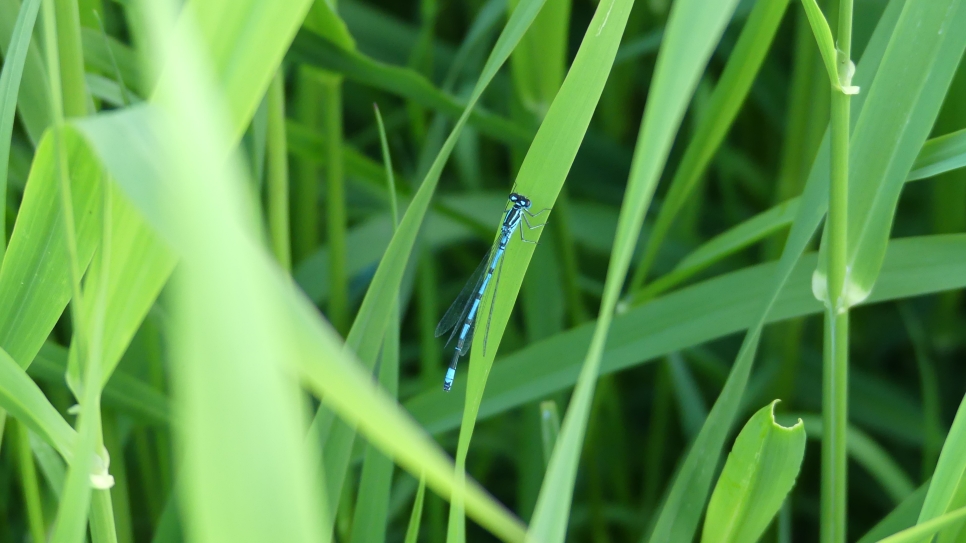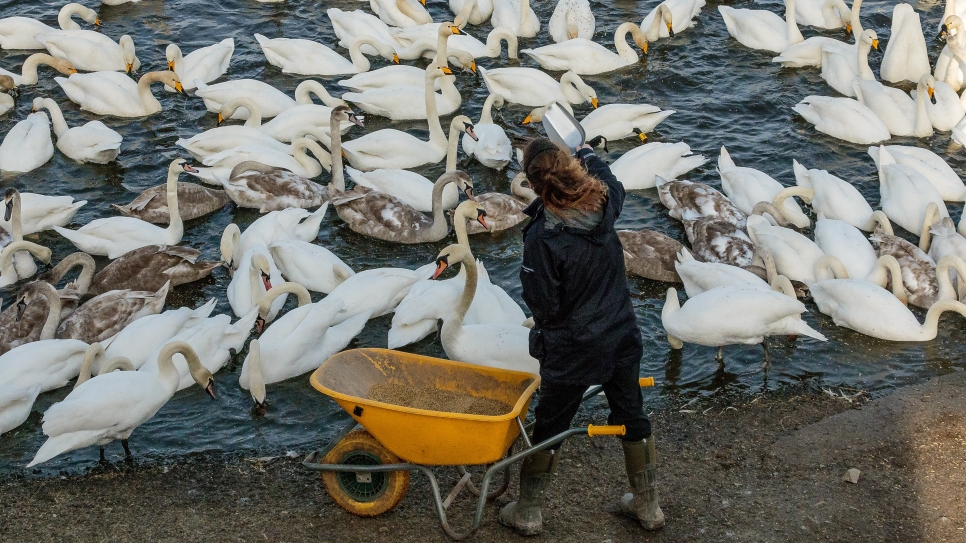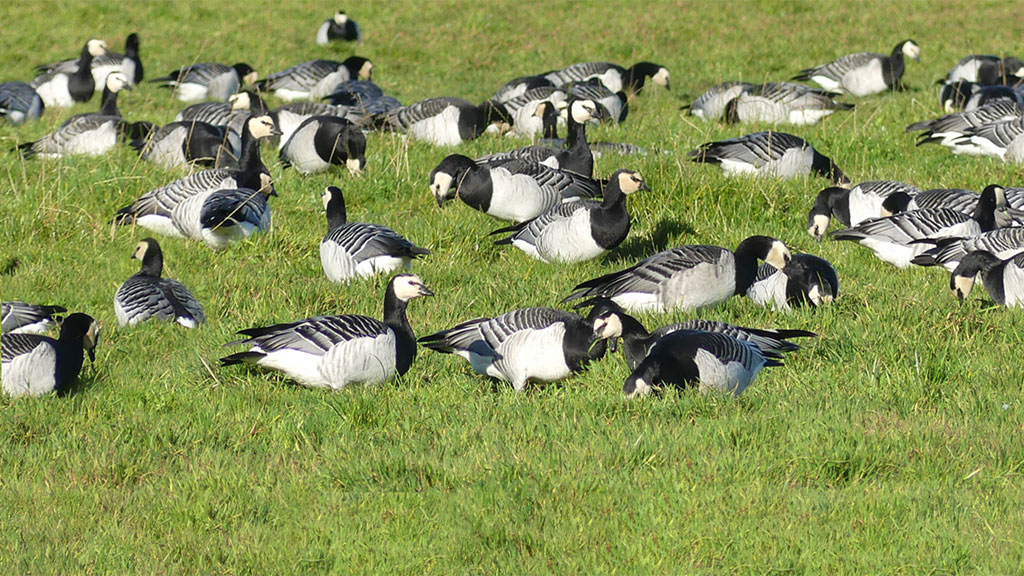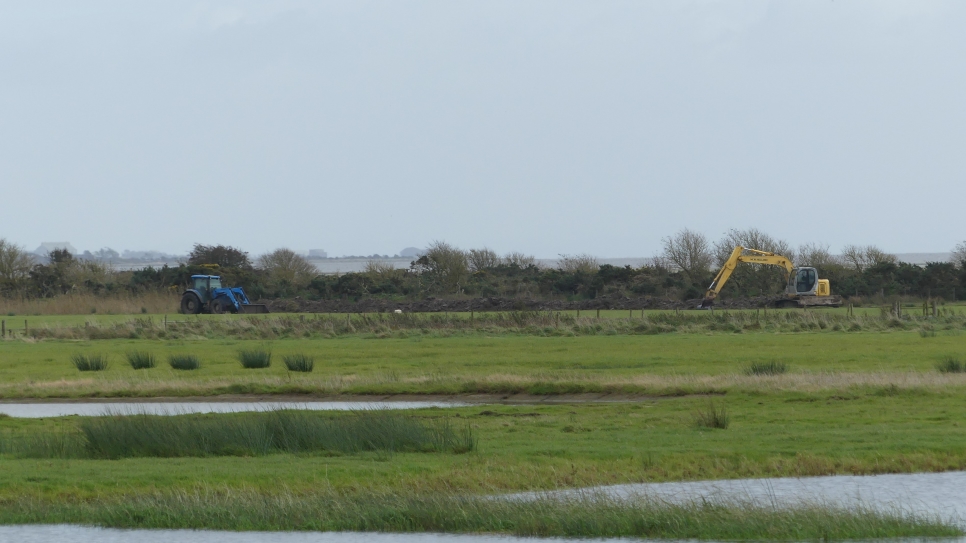Dragonfly and Damselfly Spotlight

There may seem to be less birdlife to observe at WWT Caerlaverock over the summer, with our barnacle geese and whooper swans away at their breeding grounds up north. However, there is still plenty to see on site, especially if you look a little closer at the smaller things. Did you know that WWT Caerlaverock has been awarded Dragonfly Hotspot status by the British Dragonfly Society (BDS)? By walking along the avenue and summer meadow trail you will soon realise why we have been given this title.
The term dragonfly is sometimes used for the whole scientific order of Odonata, which is the order of predatory flying insects. These are invertebrates that have aquatic larvae in the form of naiads and nymphs. They are all carnivorous, and at the larval stage they take anything that they can overpower. In pond dips we have found dragonfly and damselfly larvae, especially in the Paddocks. They are good indicators for water quality, making them essential for monitoring the health of our ecosystems.
Dragonflies (sub-order Anisoptera) are the larger of the Odanata species, with us seeing four spotted chasers first on site, followed by emperor dragonflies, common darters, and southern hawkers. Dragonflies tend to settle with their wings spread open, adding to their larger appearance. Their compound eyes fill the majority of their face, meeting together in the middle. Damselflies (sub-order Zygoptera) on the other hand, appear much smaller in comparison. Their eyes are placed apart and they tend to settle down with their wings closed along their body, giving them a slimmer build. We tend to see large red damselflies appear on the loanings first, followed by the blues (common blue, azure, and blue tailed).
In recent years we have seen an increase in the banded demoiselle colony down by the summer meadow trail along the Lochar. Demoiselles are a specific type of damselfly that are distinguished in the UK for their larger size and distinctive wing colouration. These beautiful insects have a shiny striped metallic body, with wings that flutter and a dark spot in the middle. They are mainly found along slow flowing streams/rivers with muddy beds and are most active from May to August.
Dragonfly Festival, running through the summer until 22nd September, and BDS Dragonfly week, 5th to 13th July, involve a range of different events and activities to get up close with these creatures on our reserve. From pond dipping events and art workshops, to guided dragonfly safaris, there’s plenty to get stuck into at WWT Caerlaverock to learn more about these incredible invertebrates. For more information on Dragonfly Festival and BDS Dragonfly Week click here.
Words by Rebekah Allison
Picture by Saoirse Murphy-Collot



